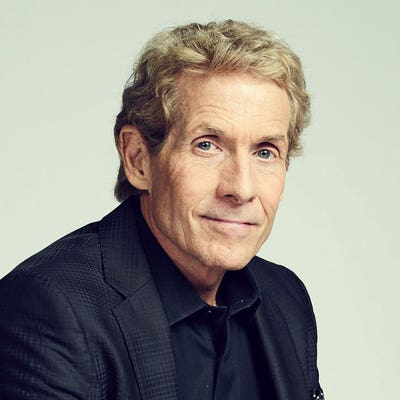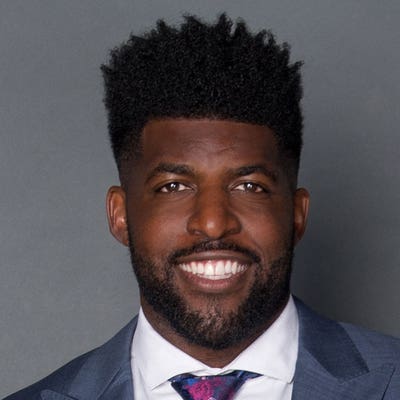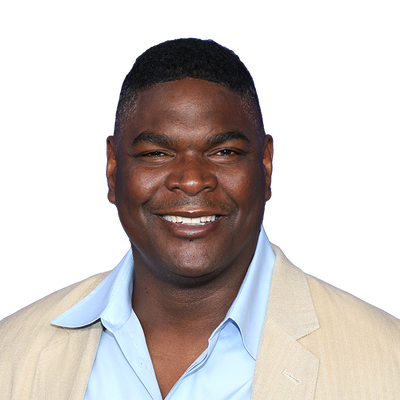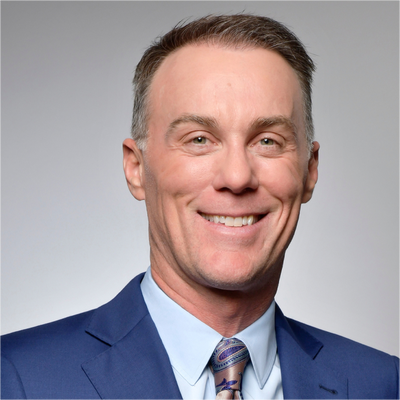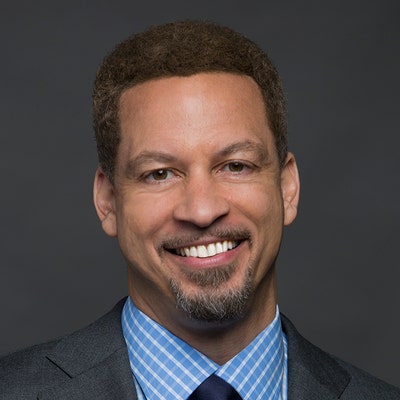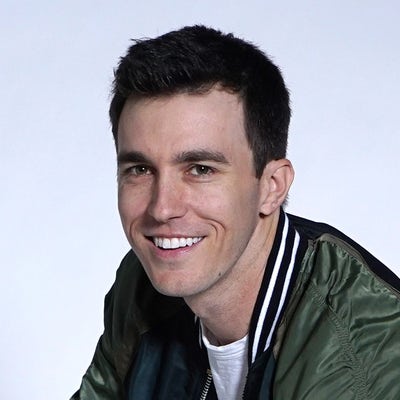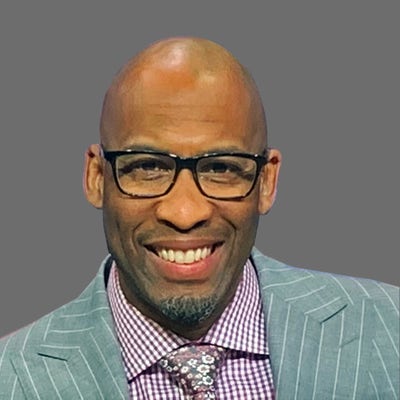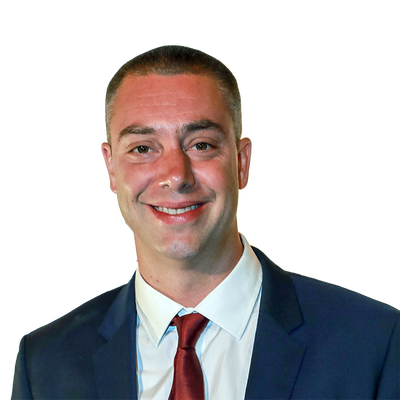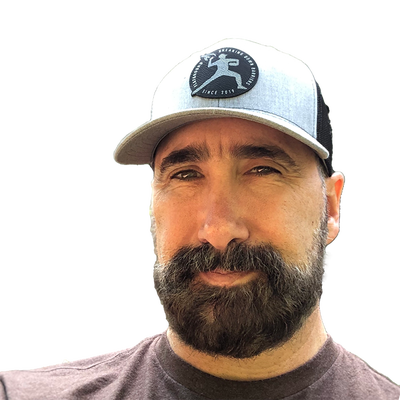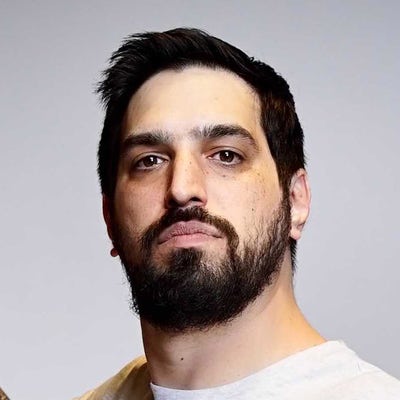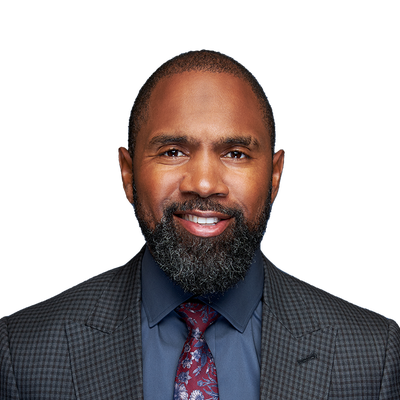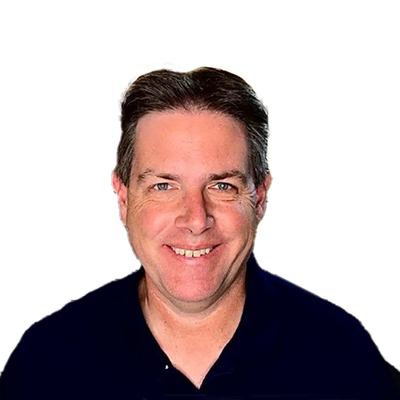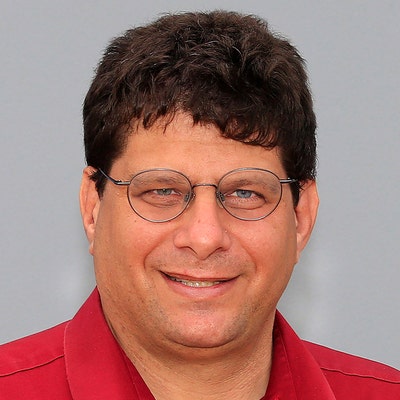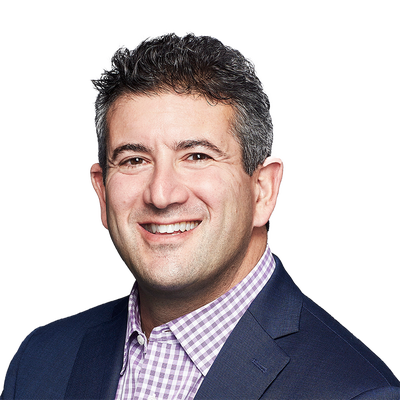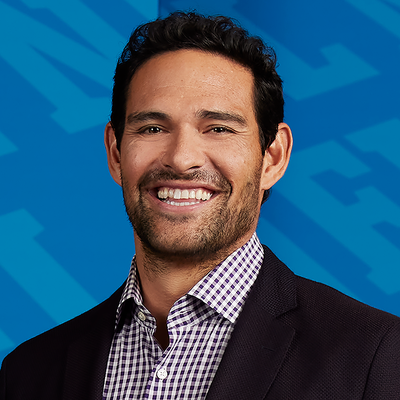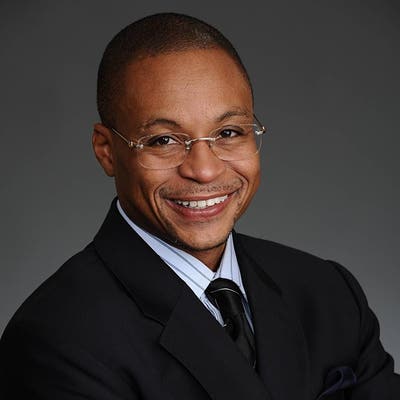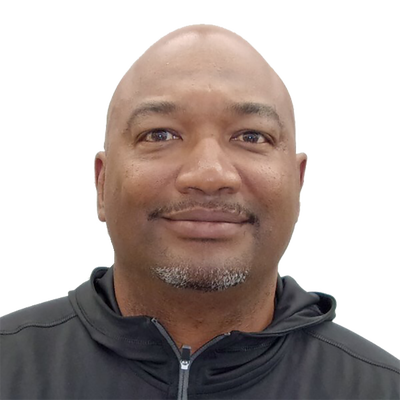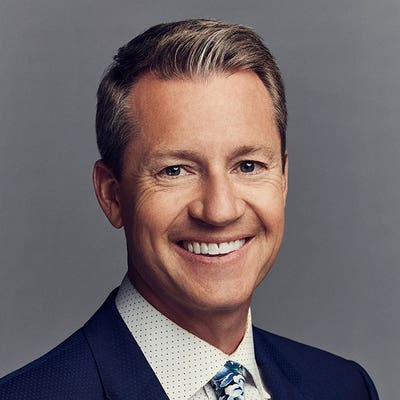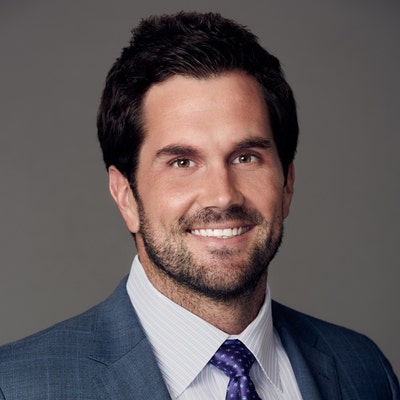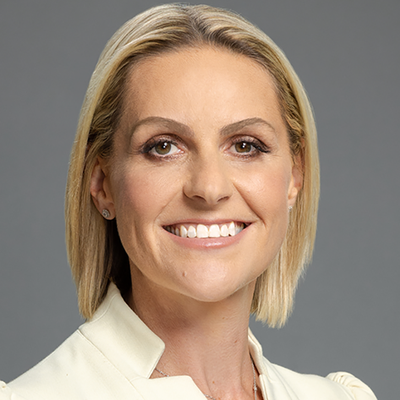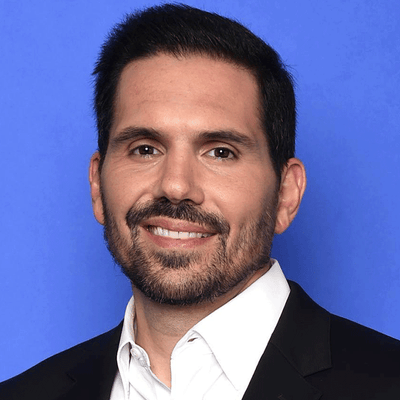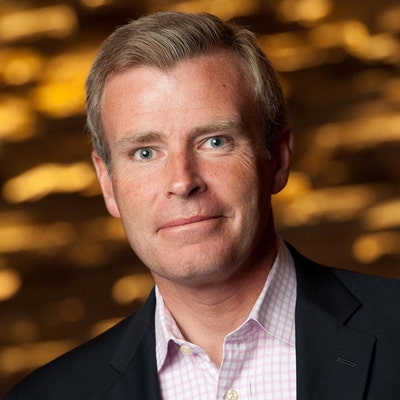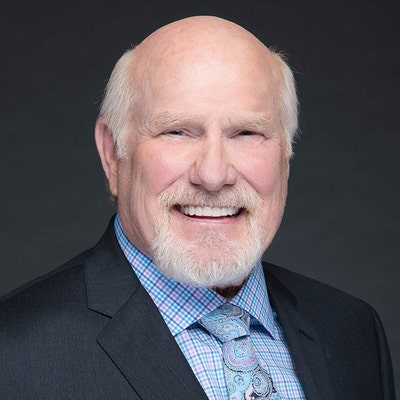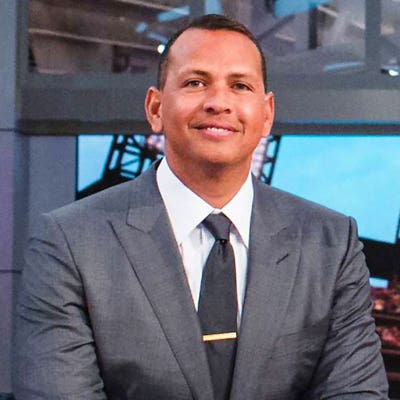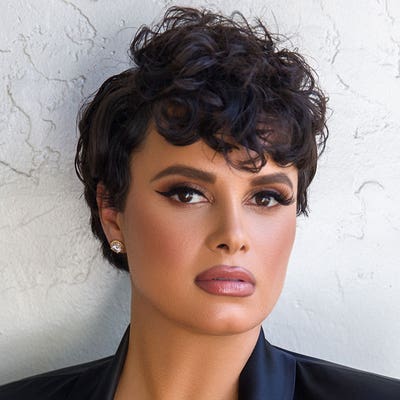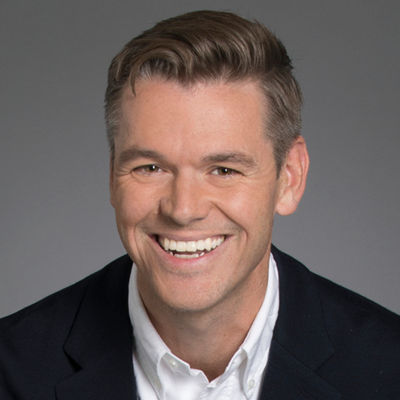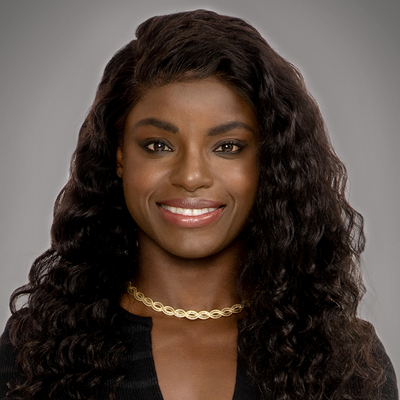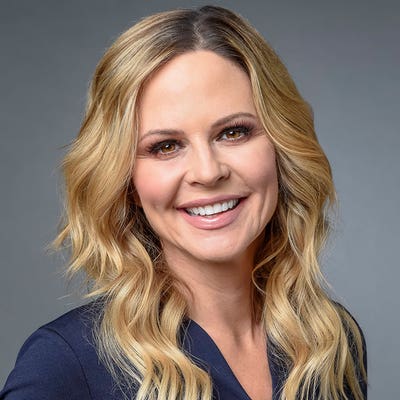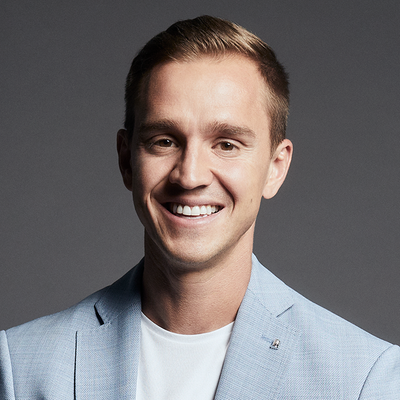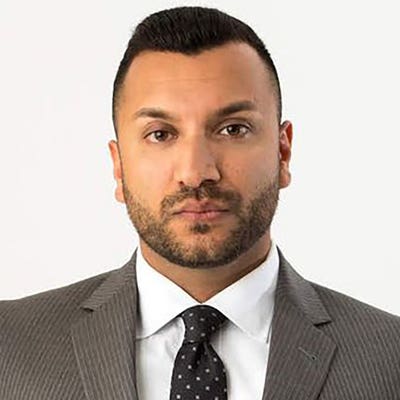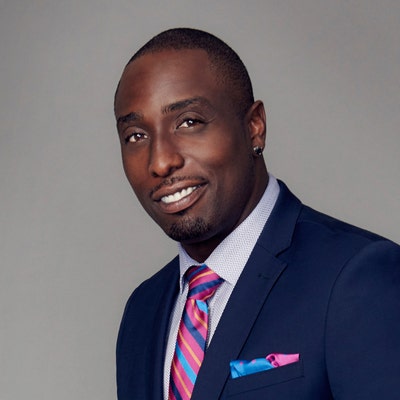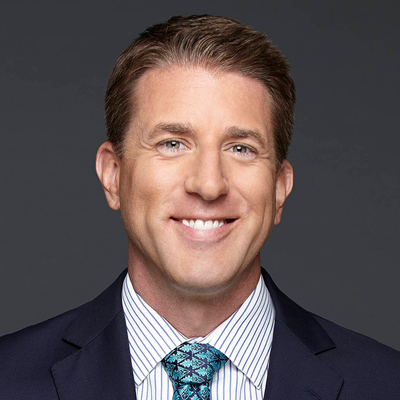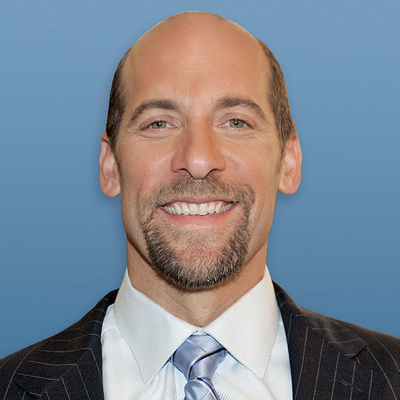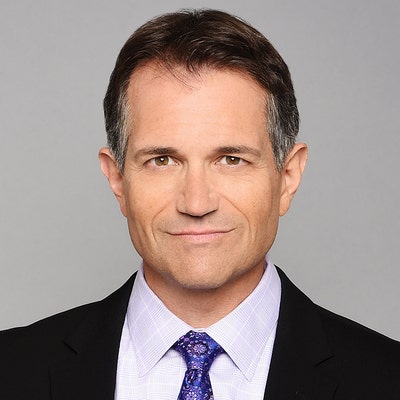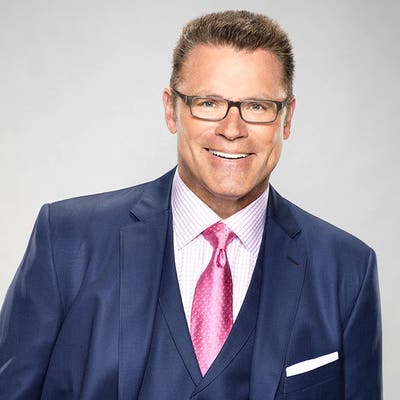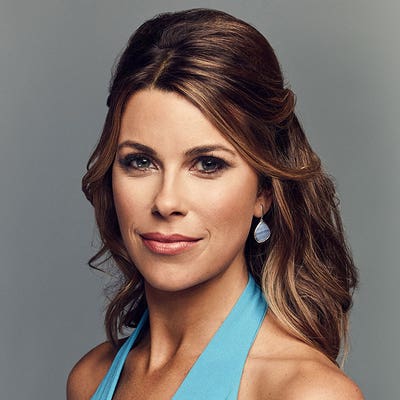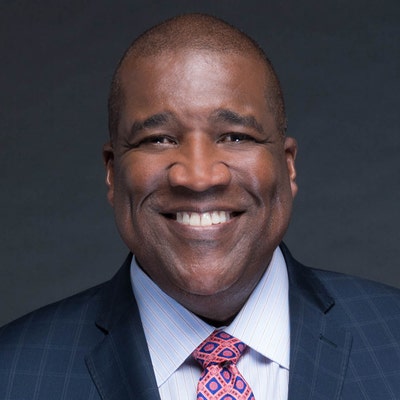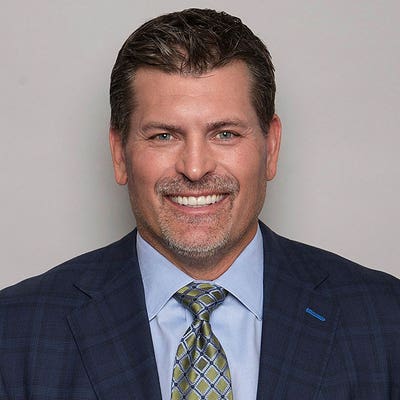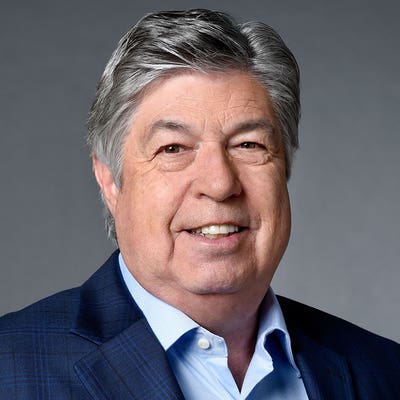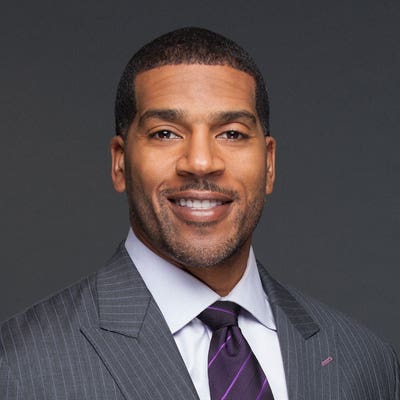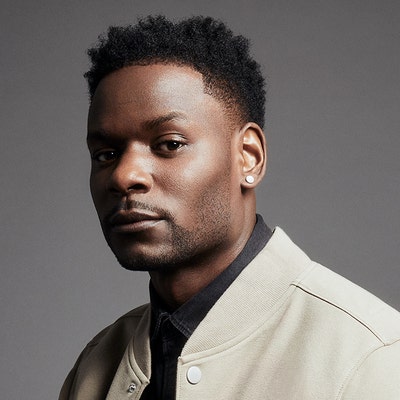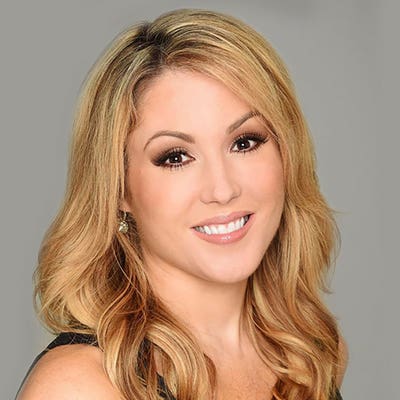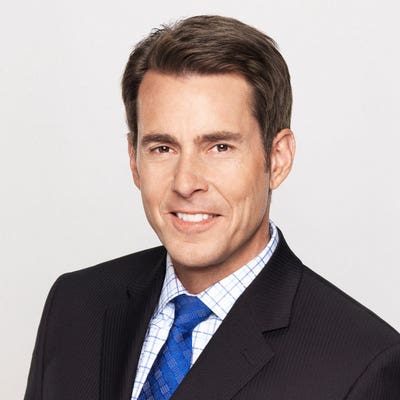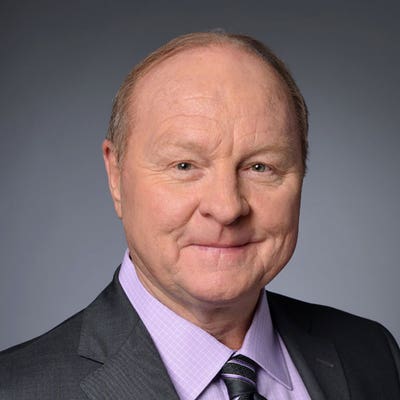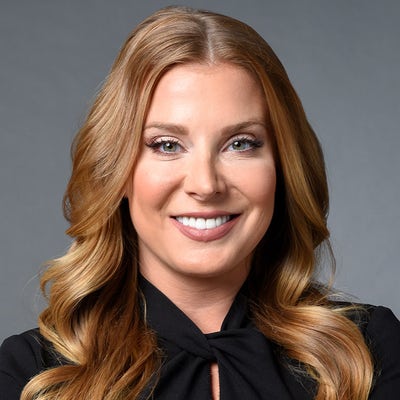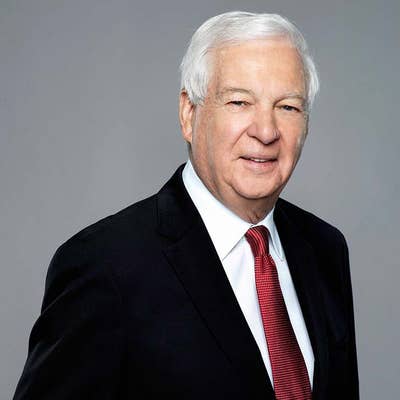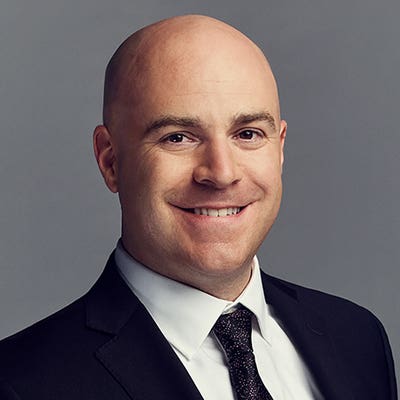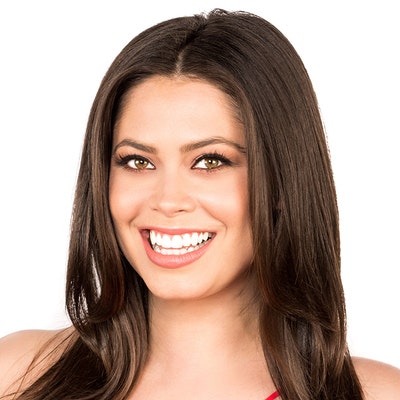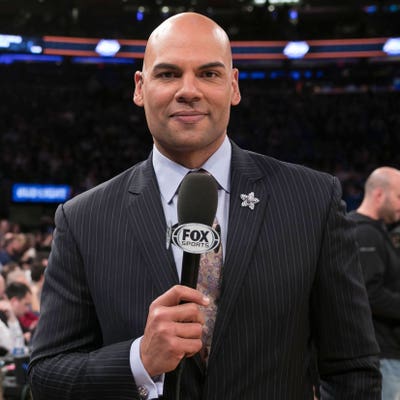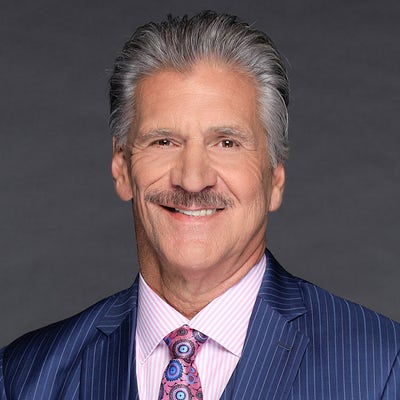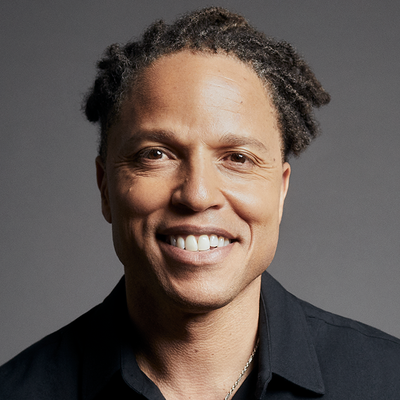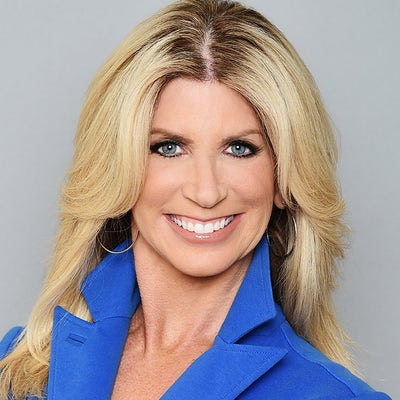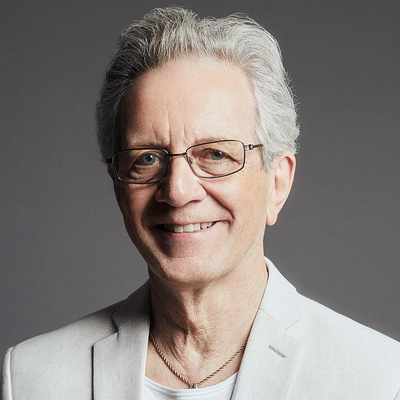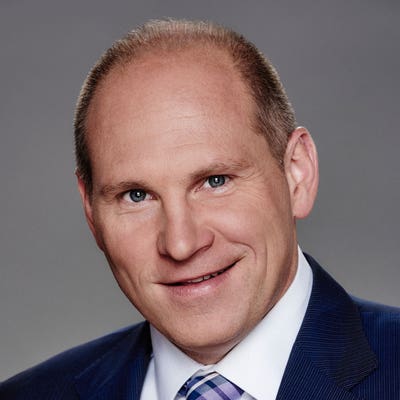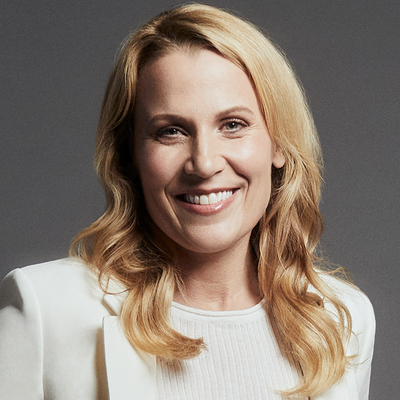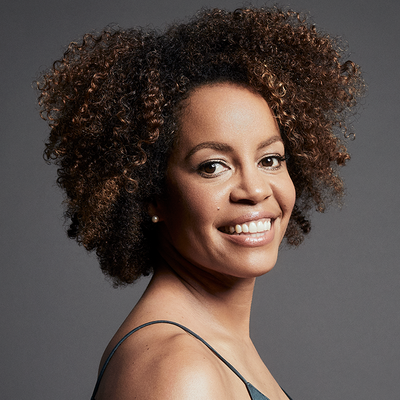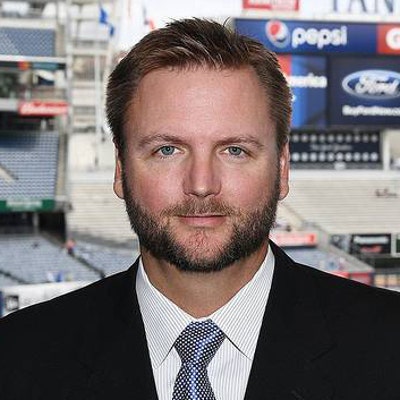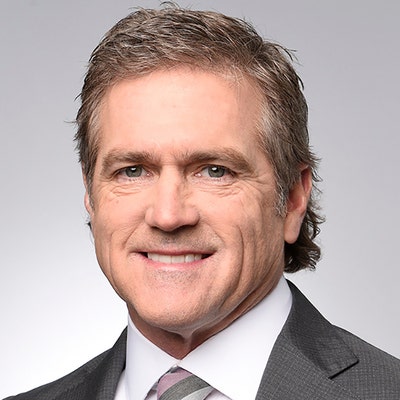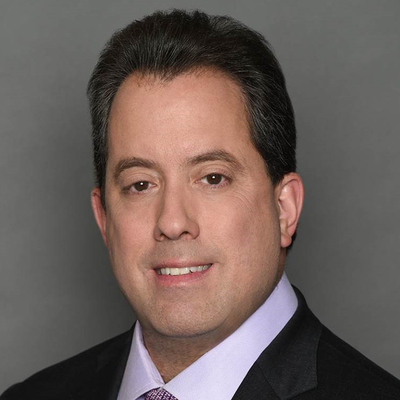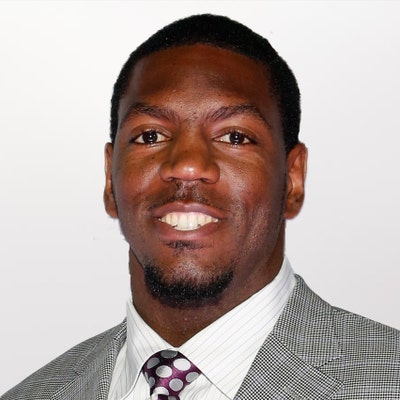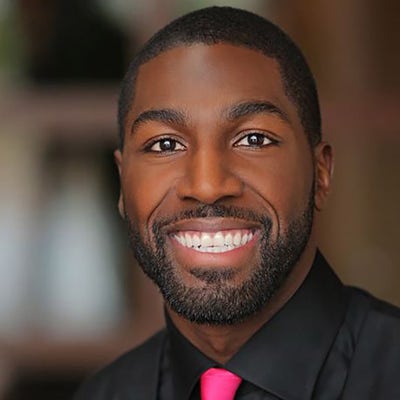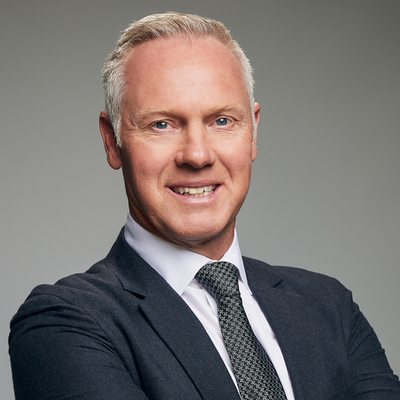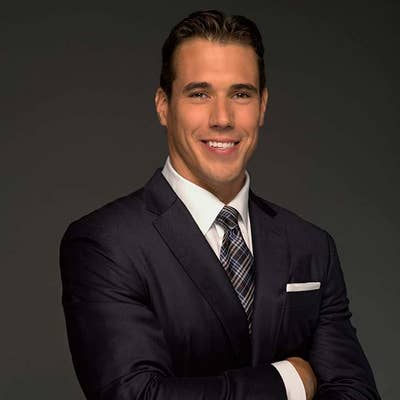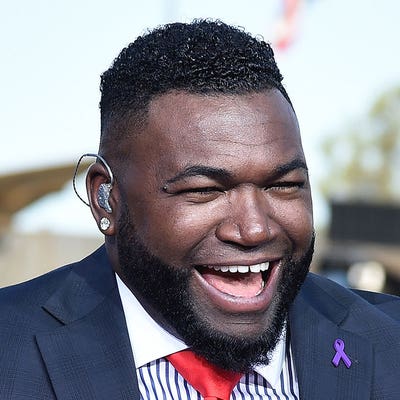
If early season struggles continue, will Tampa Bay break up the band?

The next six weeks are crucial for the Tampa Bay Rays’ season — and the future of the franchise.
The Rays are last in the American League East, on pace for their worst year since 2007. Yes, it’s relatively early. Yes, the struggles can be traced to injured starting pitchers Matt Moore, Alex Cobb and Jeremy Hellickson. Yes, the Rays are renowned for rallying in the second half to reach the postseason. Yes, the AL East looks downright mediocre this year, especially with CC Sabathia now on the disabled list.
But for the first time in years, it’s time to ask serious questions about the near- to mid-term outlook of a model organization. Even in 2011, when they authored a comeback for the ages to overtake the Boston Red Sox on the season’s final day, the Rays led the AL East with a 23-15 record at the 38-game mark. Now they’re the second-worst team in the AL at 16-22 — ahead of only the Houston Astros. Barring a dramatic recovery, Rays officials may have little choice but to trade ace David Price and replenish a farm system that isn’t as prospect-rich as it once was.
The Rays’ longstanding reputation as a wellspring of young talent has become outdated. By one measure, the Rays had the worst succession of drafts in baseball from 2008 through 2010 — a prime three-year span for present major-league impact. The Rays’ draft classes for those three years have combined for 0.7 Wins Above Replacement, according to Baseball-Reference.com. That is the lowest mark in baseball during that period.
The Rays’ current 25-man roster includes zero players from those drafts; infielder Tim Beckham (2008) and outfielder Kevin Kiermaier (2010) are the only selections to reach the majors with Tampa Bay. Beckham was the No. 1 overall pick — four spots ahead of Buster Posey — and has played only five games in the majors; he’s currently on the disabled list.
Before this season, Baseball Prospectus ranked the Rays’ system 26th among the 30 major league teams. Clearly, the Rays need an infusion of young talent if they are to remain successful as a low-revenue franchise. Trading Price is one way to do it; a contender could acquire the 2012 AL Cy Young Award winner for this year’s pennant race and 2015, after which he would become a free agent.
Price, the No. 1 overall pick in 2007, has had mixed results this year: a 4.53 ERA, but with the league’s best strikeout-to-walk ratio. Even the advanced metrics on FanGraphs.com can’t agree (e.g., his FIP and xFIP point in two different directions). While moving Price might seem like a sensible baseball decision, it would be difficult for the Rays — emotionally and politically.
The Rays’ past protocol dictated that Price should have been dealt last offseason, when he had two years left before free agency — as was the case with former Tampa Bay right-hander James Shields. But owner Stuart Sternberg decided to go all-in for 2014 and possibly 2015, authorizing a $76.9 million Opening Day payroll — the highest in club history, according to Cot’s Baseball Contracts.
A payroll in that neighborhood is seen as unsustainable for the Rays — at least, as long as they play at Tropicana Field. But Sternberg, encouraged by four playoff berths in the past six seasons, was willing to make a temporary exception. Obviously, he didn’t expect a last-place team would be the return on his investment. It remains to be seen if he’s willing to continue spending at that level if the team falls out of contention before the July 31 non-waiver trade deadline.
The Rays have built an unlikely juggernaut in the AL East through savvy player moves and the unique clubhouse culture of manager Joe Maddon. But they had the lowest average attendance in baseball last year despite winning 92 games and reaching the playoffs. Soon, the Rays could face the question they’ve avoided for years: How many people will show up to watch a losing team in downtown St. Petersburg?
To take it a step further, would Sternberg have the patience to go through a rebuilding cycle? Or might he be more inclined to sell his controlling interest? The Rays’ stifled efforts to build a new stadium further cloud the outlook. Montreal, bolstered by a wildly successful two-game exhibition series that drew more than 90,000 fans in March, looms as the most viable relocation option Major League Baseball has had in years; the city is a natural fit for the AL East, too.
Certainly, it’s too early for the Rays to panic — about the 2014 season or what the coming years could hold. Cobb and Hellickson are expected to return and contribute this season. In the last two decades alone, nine teams overcame 16-22 starts to reach the postseason, according to STATS LLC; in fact, the Los Angeles Dodgers did it last year.
Still, these are important weeks for the Rays and baseball in Tampa Bay. The franchise has been remarkably resilient — and often brilliant — since Maddon arrived in 2006. But if the most expensive roster in Rays history can’t deliver on its promise, no one knows what will happen next.


